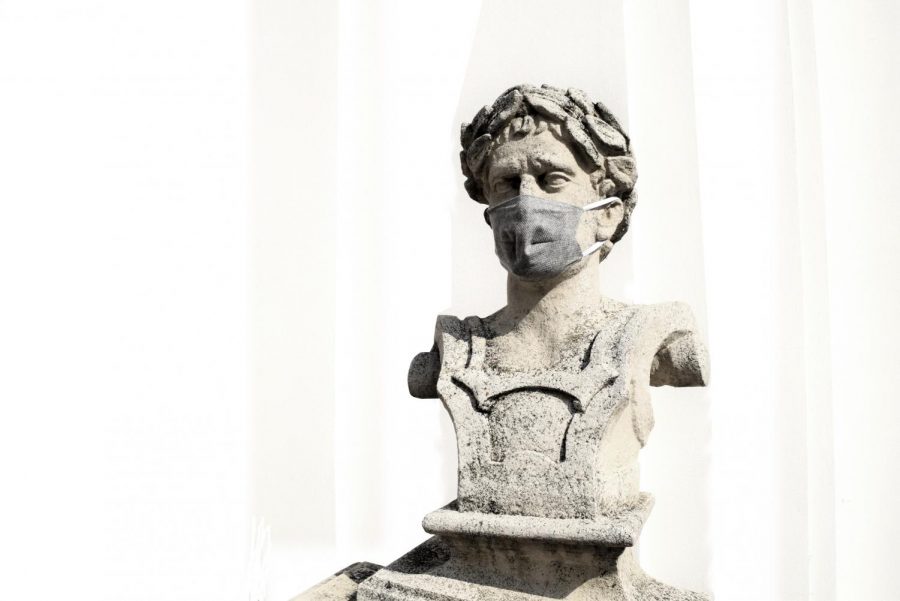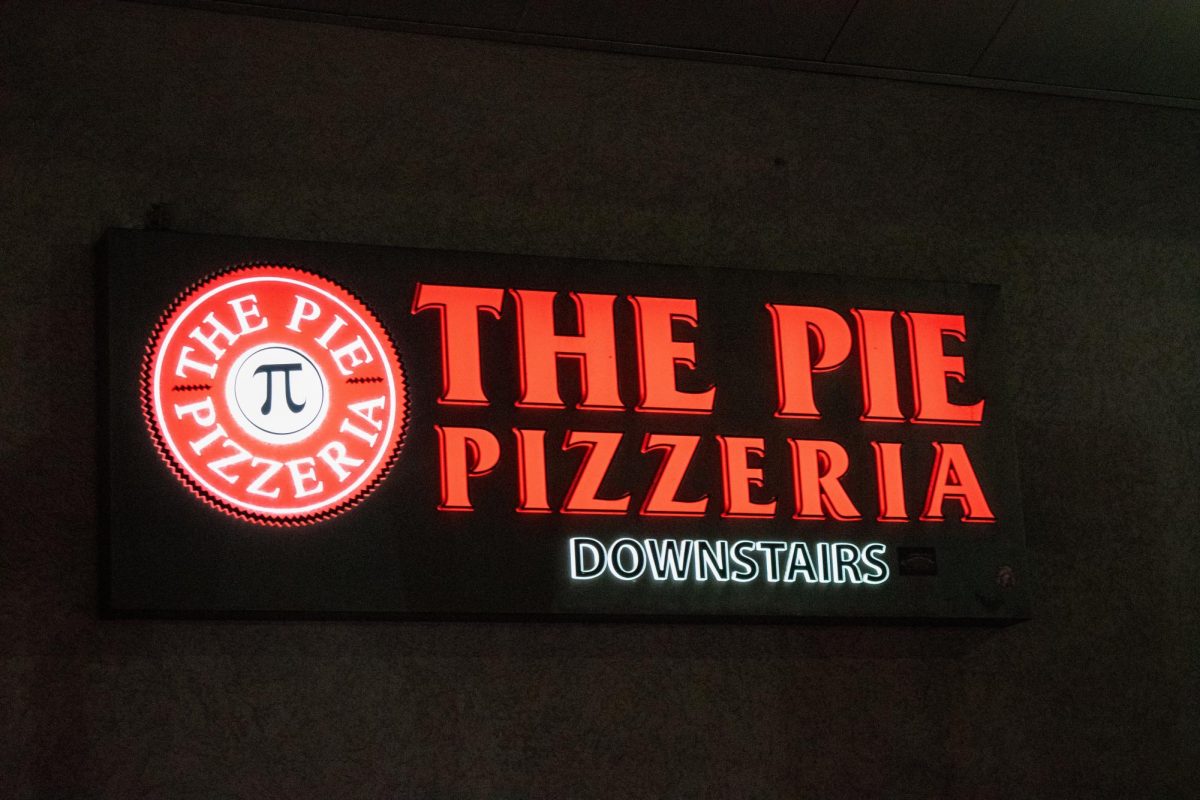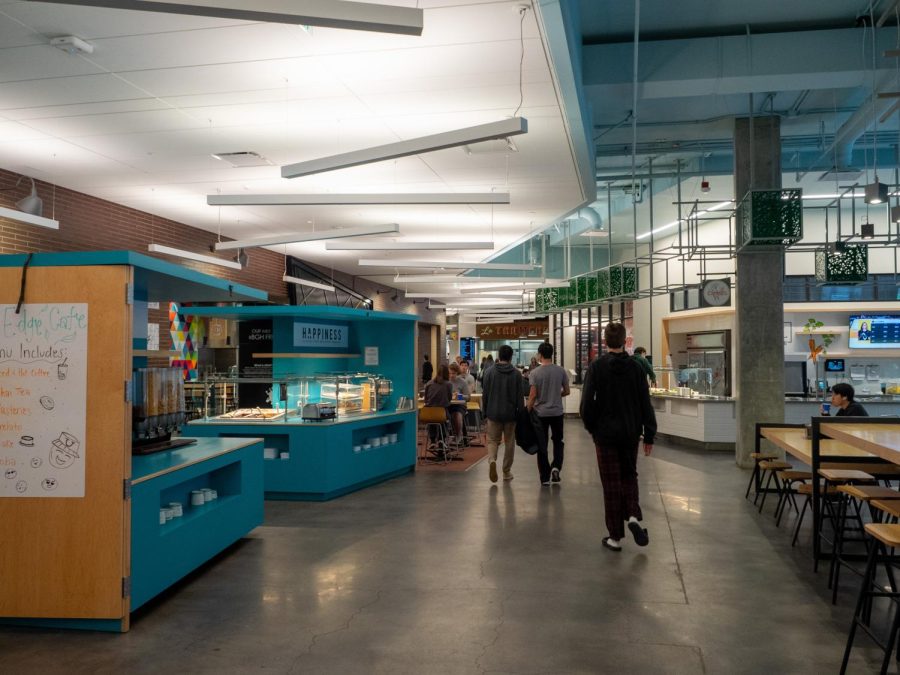The Inexorable Link Between the Arts and Surviving a Pandemic
November 11, 2020
As we enter into the winter months and the United States continues to set new records for the number of new COVID-19 cases in a day, it is easy to feel disheartened or depressed at the state of the world. In March, most people vowed to stay in for two weeks in an attempt to slow the spread of COVID-19, but as we enter into the eighth month of the pandemic, it is frustrating to see just how many people continually fail to take the pandemic seriously, trying to act as they would normally. This era of frustration, sadness and isolation comes with its own psychological challenges — on top of the already tense situation brought by COVID-19. However, as dire as things may look, the arts will continue to offer a steadfast source of hope, refuge and optimism.
At the beginning of the pandemic, artists hosted several virtual concerts and online streaming platforms witnessed a sharp spike in the number of people watching and binge-watching their favorite shows and movies. While the pandemic has put new releases of certain films on hold, the arts have offered a way to take a respite from the continuous barrage of bad news that has characterized the year 2020.
Historically, the arts have always prevailed throughout global health crises. In the late 14th century, the Black Death — also referred to as the bubonic plague pandemic — was the deadliest pandemic in human history, and it still retains this title. It has been estimated that over 200 million people died during this pandemic, but as bleak as this situation was, the plague directly contributed to the rise of the Italian Renaissance. The plague wiped out approximately one-third of Europe’s population, and with this decrease in population, there was a heightened labor shortage. But, from this shortage, workers were able to demand better wages, afford more nutritious food and they were able to spend more on luxury items — including art.
Out of this bleak and miserable time, the economy and the arts entered a time of great prosperity. The Black Death had incredible implications for the economy, government and religion, but without the opportunity to reinvest in culture and art, the discovery of ancient Grecian works on science, philosophy, literature and art would have never occurred.
Great artists such as Dante, Petrarch, Donatello, and Michelangelo — among countless others — were fueled and funded by the era of prosperity following the destruction from the Black Death. So much of our current art world constantly refers back to these giant names, but as we confront the COVID-19 pandemic, we can use these historical examples to become more optimistic about the future of the world.
Already, several artists have begun to release albums and other artworks that were created while in quarantine. Perhaps most recognizably, Taylor Swift wrote and recorded the entirety of her “folklore” album whilst in isolation as a result of the COVID-19 pandemic. Her album is just one example of many pieces that have been made during the pandemic that will continue to serve as a document of this period. Other musicians, designers, illustrators, architects and painters have used this time to focus entirely on their craft. But even more importantly, time spent in quarantine has allowed normal people to explore the arts, pick up a new hobby or return to a practice that they’ve abandoned as we live our hectic lives.
While I don’t believe that we should look at the COVID-19 pandemic through rose-colored glasses — especially given the current administration’s failure to properly address this health crisis — I do believe it’s important to examine the beauty that can emerge out of periods of darkness. Storytelling is vital in these dire times, and if we utilize this opportunity of introspection and reflection, we can all contribute to making the world a more beautiful place filled with art and love in spite of the horrors of our existence.












